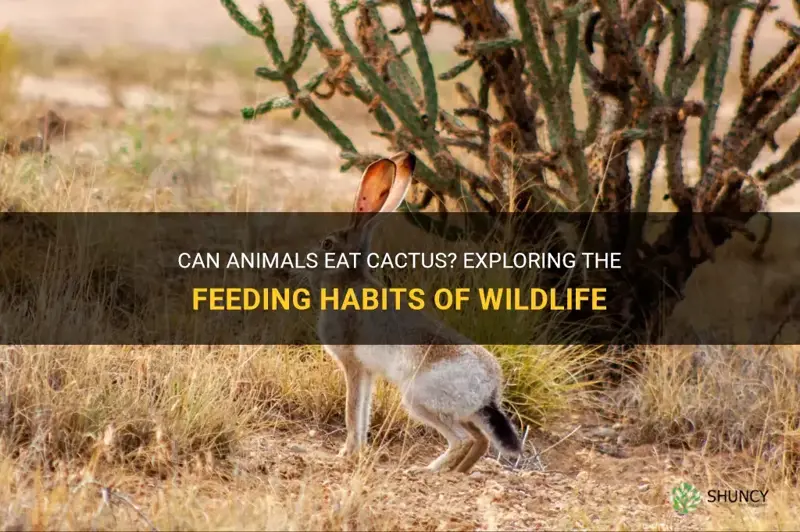When envisioning the habitats of cacti, one might conjure images of arid deserts and unforgiving landscapes, where life clings to the very edges of survival. Yet, the intrigue surrounding cacti extends beyond their stunning visuals and resilience. A question that often arises is whether mice, among other rodents, are drawn to these spiny plants. Diving deeper into this topic unveils a complex tapestry of animal behavior, environmental interactions, and the peculiarities of the plant kingdom.
On the surface, it might appear that the thick, thorny exterior of cacti would deter most herbivores, including mice. However, the reality is often more nuanced. While the prickly defense mechanism of cacti may dissuade larger mammals, smaller creatures, like mice, can navigate food sources with remarkable ingenuity and tenacity. Their foraging behavior is shaped by necessity and opportunity, prompting an exploration of whether these small mammals truly partake in the consumption of cactus.
The allure of cacti for mice begins with the plant’s adaptations to arid conditions. Cacti store water within their fleshy stems, providing a vital resource in ecosystems where moisture is scarce. Mice, particularly those inhabiting desert or semi-arid regions, instinctively seek out hydration sources. When faced with dwindling resources, the succulent flesh of a cactus can become an attractive option, particularly during periods of extreme drought or limited vegetation.
Moreover, specific species of cacti may offer more than just hydration; they can serve as a lucrative food source. Cacti produce fleshy fruits called “fruits” or “tunas,” which are often high in nutrients and sugar content. These fruits can be particularly appealing to mice, amplifying their compulsion to investigate these plants. The sweet flesh acts as both bait and reward, leading herbivorous scavengers to nibble on the pads of Opuntia or prickly pear cacti, where the rewards can be reaped with caution.
Understanding the Relationship Between Mice and Cacti
As we delve further into this fascinating interaction, it’s vital to observe how this relationship is not merely one-sided. Mice play a crucial role as seed dispersers in the ecosystem. By consuming the fruits and seeds of the cactus, they inadvertently assist in the propagation of these plants. This ecological symbiosis enhances plant proliferation, showcasing a remarkable balance between survival and mutual benefit.
Furthermore, the anxieties of predation also play a role in this dynamic. Mice are often preyed upon by a plethora of larger animals, including snakes, birds of prey, and coyotes. In seeking refuge, they may find solace among the protective spines of the cactus, which offer a measure of safety and shelter from the watchful eyes of predators. This interaction poses a dual necessity — the search for nourishment coupled with the instinct for self-preservation.
The Sensory Appeal of Cacti to Mice
Interestingly, mice exhibit specific sensory traits that make cacti particularly appealing. Their keen sense of smell allows them to detect the ripe fruits of cacti from distances, navigating arid terrains in search of ripe delicacies. The combination of olfactory cues and texture presents an enticing puzzle where the rewards outweigh the potential risks of navigating the spiny surfaces. This sensory attraction amplifies the chances of successful foraging expeditions.
Cacti, often adorned with vibrant colors and enticing scents during their blooming periods, serve as beacons for multiple wildlife species, including rodents, birds, and insects. The visual and olfactory signals emitted by flowering cacti communicate abundance and nourishment, drawing a wide array of fauna to partake in their offerings. Mice, being opportunistic feeders, are more likely to exploit these moments of floral evolution, capitalizing on a wealth of resources.
Diverse Fauna that Flocks to Cacti
Beyond mice, numerous animals are attracted to cacti, revealing a spectrum of interactions with these formidable flora. For instance, certain bird species, such as the cactus wren and the curve-billed thrasher, establish nests in the arms of tall cacti, utilizing the plant’s structure as both shelter and a source of food. These birds often consume the fruits and seeds, showcasing a similar reliance on this vital resource.
Additionally, various insects, such as pollinators and opportunistic pests, also play a part in the intricate relationship surrounding cacti. Pollinators, like bees and butterflies, encourage the reproduction of cacti while simultaneously enjoying their nectar, creating an interdependent relationship that benefits all parties involved. Each participant in this ecosystem plays a unique role, thus underscoring the importance of cacti as a resilient bastion of life in otherwise inhospitable environments.
Conclusion: More than Meets the Eye
In examining whether mice can consume cactus, one discovers that the intrigue surrounding these plants is as complex and layered as the desert landscapes they inhabit. These spiny guardians of the arid world offer both sustenance and shelter to a host of wildlife, while also catalyzing their ecological processes, such as seed dispersal and pollination. The mutual relationships presented illuminate the fascinating dynamics that exist within food webs and ecosystems.
Ultimately, the humble cactus is more than just a defensive monolith; it embodies a rich narrative of survival that extends far beyond its own spines. As researchers and enthusiasts continue to explore these relationships, one can appreciate how interconnected life truly is, with every organism—be it a mouse, a bird, or the cactus itself—playing an indispensable role in the dance of life. Cacti stand tall, not just as individual entities, but as pivotal players in a vibrant ecosystem, inviting us to ponder the myriad connections that sustain our world.





Leave a Comment